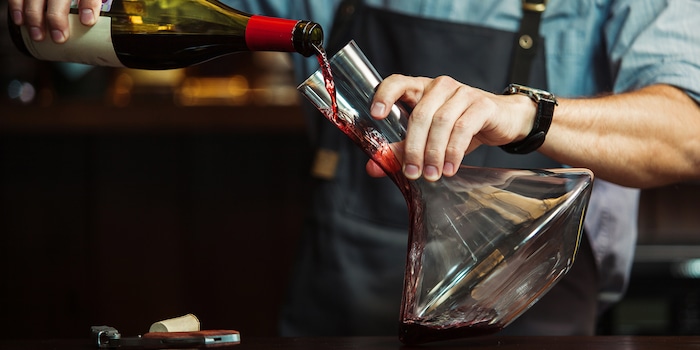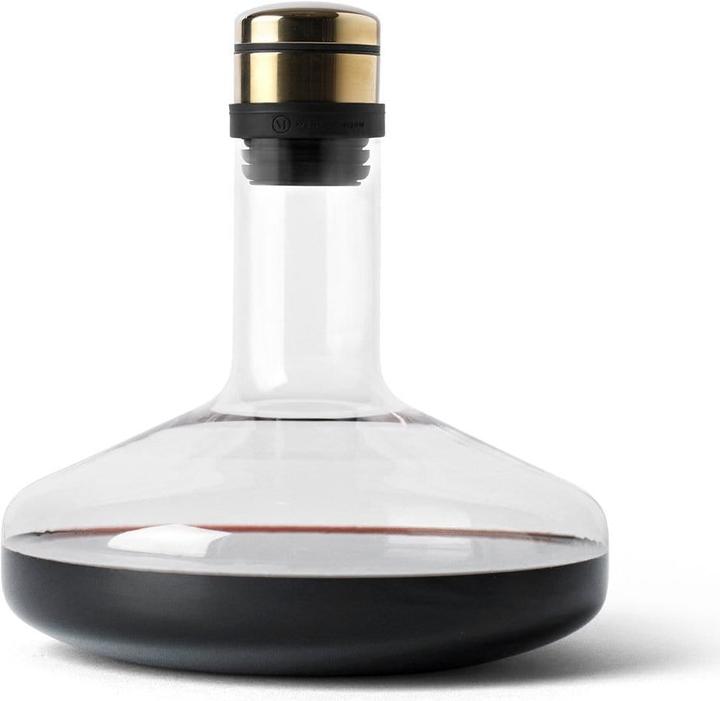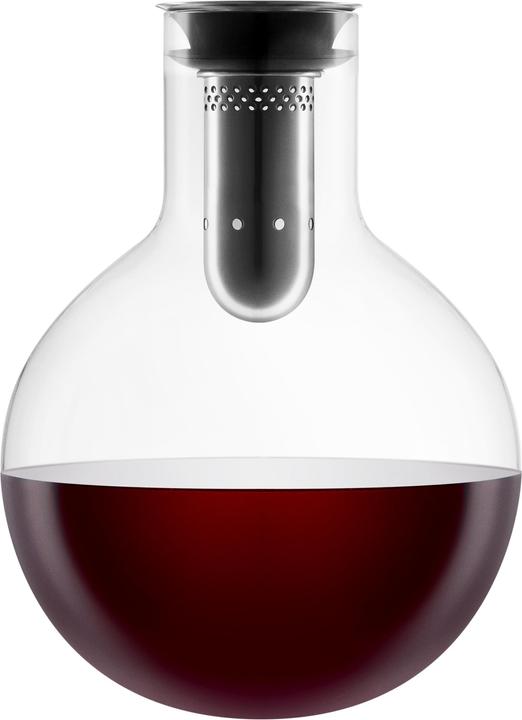

What you need to know about wine decanters and carafes
Pouring wine into a decanter or a carafe might serve a similar purpose, but there’s an important difference between the two. Read on to find out more.
The right choice
Young red and white wines Decanters with a flat base and a wide bowl are most suitable for young red and white wines, as a large surface area of the wine is exposed to air. As a result, the wine can breathe and develop its full bouquet.
Aged red wines The longer wine has aged, the shorter it should be exposed to air. Flavour unfolds through the aging process and the wine may deteriorate if the process is supported by exposing it to air for a long time. You may even end up with wine that tastes like vinegar. Therefore, use a slim carafe that provides a small contact surface between wine and air.
Our range of wine
Friends, family, cats and good wine are my lifeblood.
Interesting facts about products, behind-the-scenes looks at manufacturers and deep-dives on interesting people.
Show all










